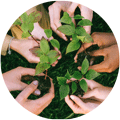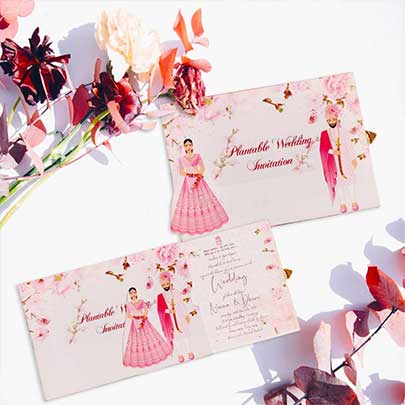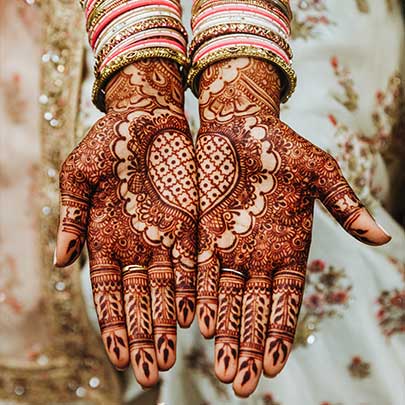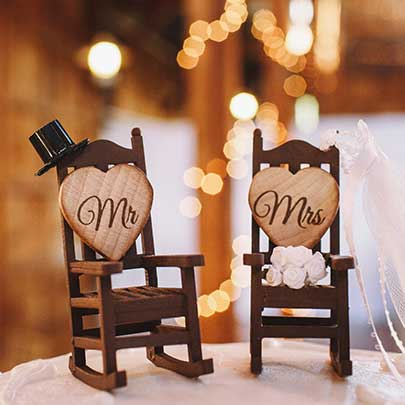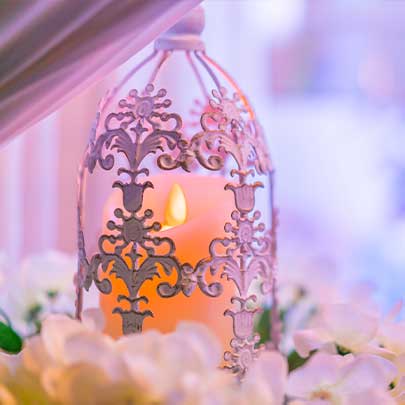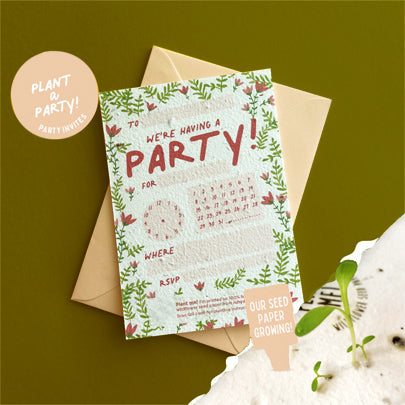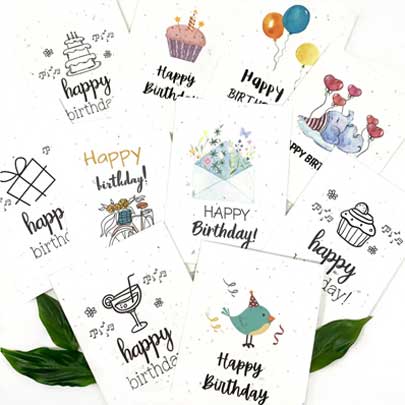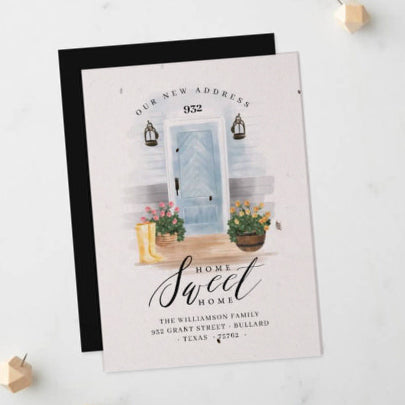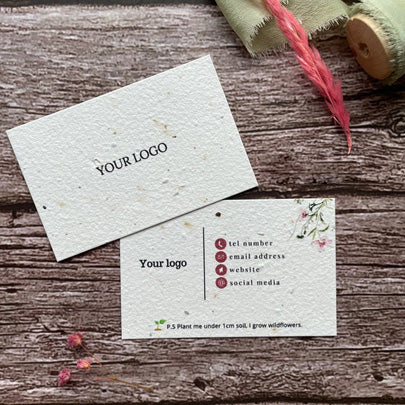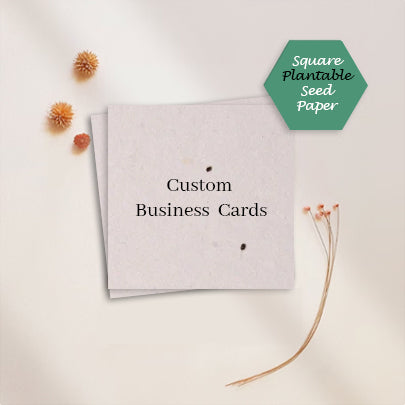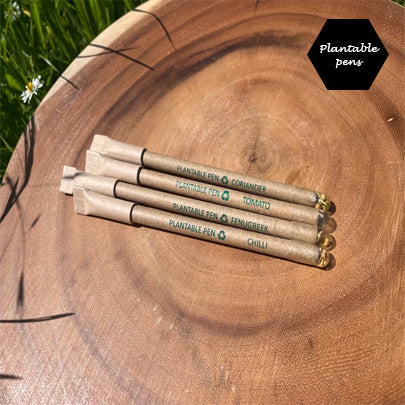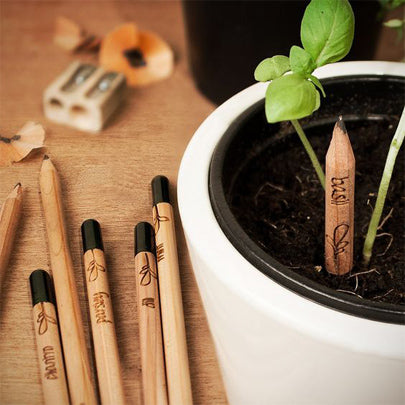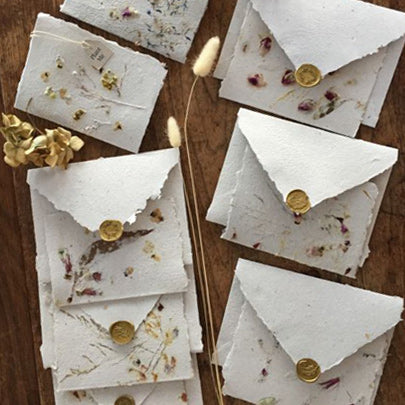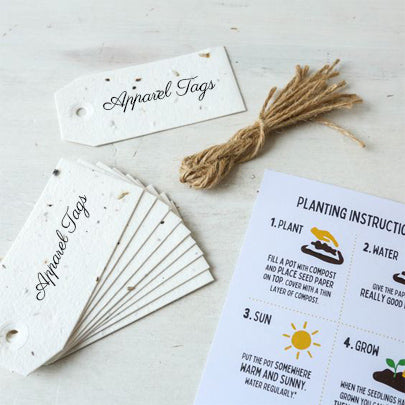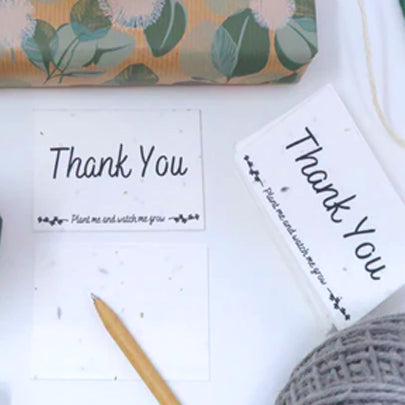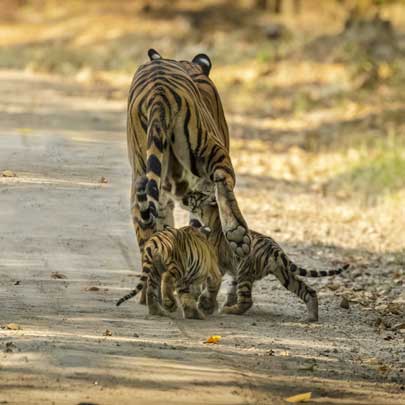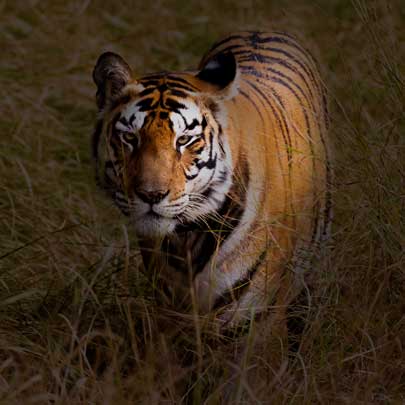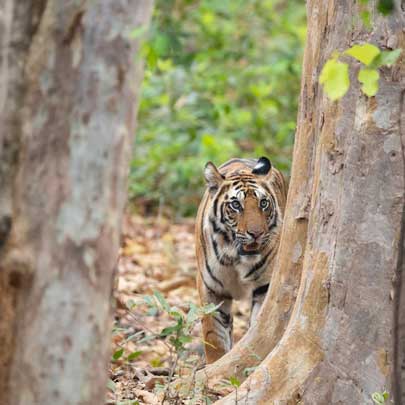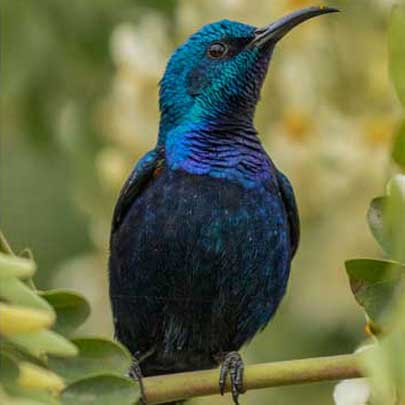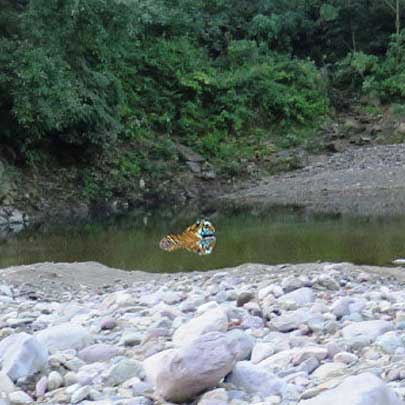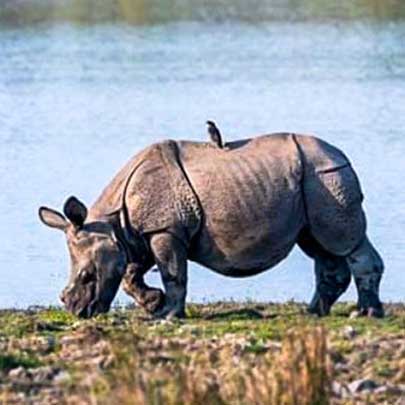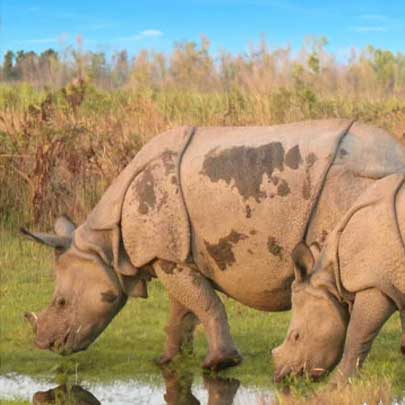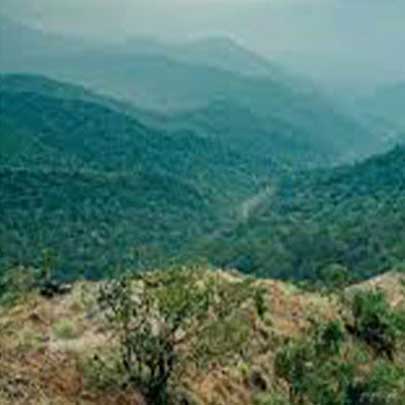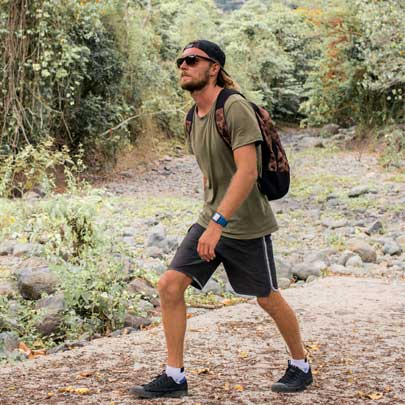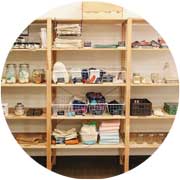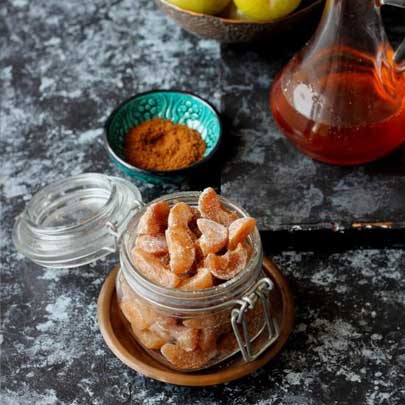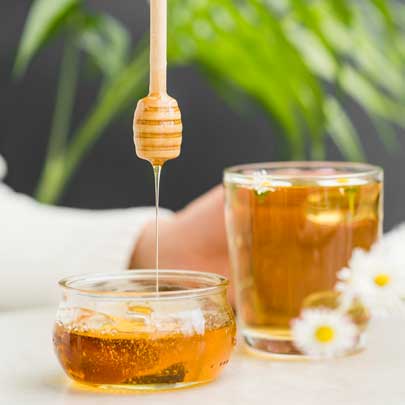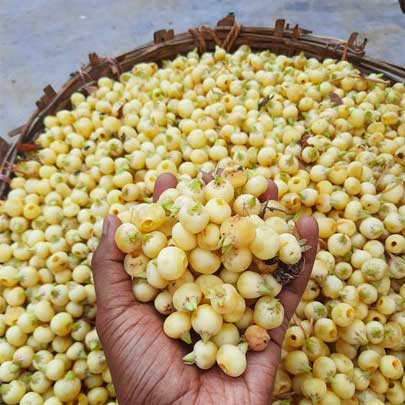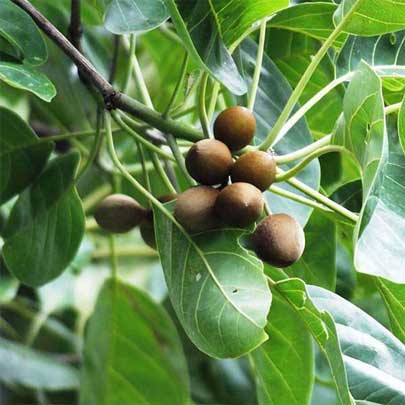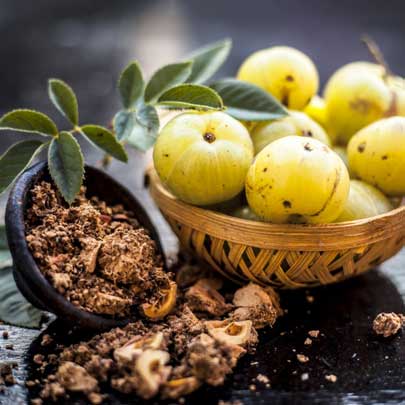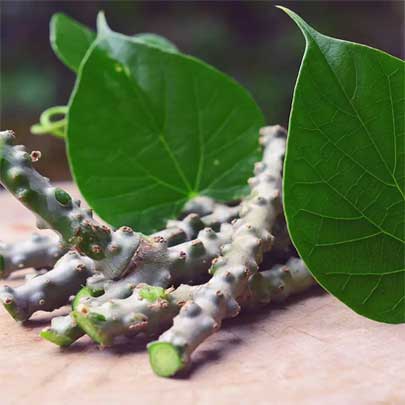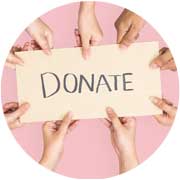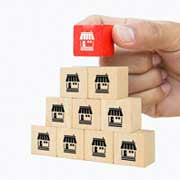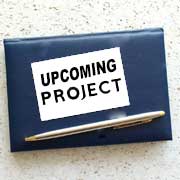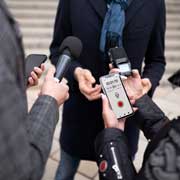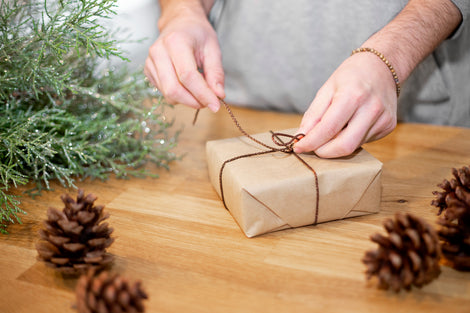From Trash to Trees: The Journey of a Plantable Product 🌱
From Trash to Trees: The Journey of a
Plantable Product 🌱
In a world drowning in plastic waste and pollution, the idea of turning trash into trees might sound too good to be true. But thanks to innovative eco-friendly products like plantable items, this dream is now a reality. From biodegradable seed paper to plantable packaging and zero-waste stationery, eco-conscious companies are redefining sustainability—one product at a time.
This journey—from trash to trees—symbolizes not just a change in product design but a radical shift in consumer mindset. In this blog, we’ll walk you through how plantable products are made, their environmental benefits, and how organizations like Wildlense Eco Foundation are pioneering green change in India.
What Are Plantable Products?

Plantable products are items embedded with seeds that grow into plants once the product has served its purpose. They’re typically made from recycled paper, biodegradable materials, or eco-friendly waste that decomposes in soil, leaving behind nothing but greenery.
Popular Types of Plantable Products:
-
Plantable seed paper (used for business cards, wedding invitations, and notebooks)
-
Eco-friendly packaging
-
Plantable pencils and pens
-
Plantable tags and labels
-
Seed bombs
These products are designed for zero-waste living, combining practicality with purpose.
From Waste to Wonder: How Plantable Products Are Made

The journey of a plantable product starts with a thoughtful blend of nature and innovation. Unlike conventional paper, which relies on wood pulp and chemicals, plantable paper is crafted using cotton pulp—a sustainable, biodegradable material that offers an eco-friendly alternative without compromising on quality.
Step 1: Creating Cotton Pulp
Instead of using tree-based paper, plantable products are made from cotton rags or textile waste, which are processed into a soft, fibrous cotton pulp. This not only reduces textile waste but also avoids deforestation, making it a truly green alternative.
Step 2: Embedding the Seeds
While the cotton pulp is still wet, organic seeds—such as basil, marigold, tomato, or wildflowers—are gently mixed in or manually placed. The seeds are chosen based on region and season, ensuring better germination and ecological balance.
Step 3: Sheet Formation and Drying
The seeded pulp is spread onto screens to form thin sheets of handmade paper. These sheets are carefully dried under the sun or in controlled conditions to preserve seed viability. This ensures that when planted, the seeds have a high chance of sprouting.
Step 4: Printing with Food-Grade Colors
To ensure complete biodegradability and safety, any printing on plantable paper is done using food-grade, non-toxic inks. These colors are free from harmful chemicals, making the products safe for soil, water, and wildlife.
Step 5: Cutting and Shaping
Once dried and printed, the plantable sheets are cut into various forms—such as cards, bookmarks, calendars, packaging, or stationery items. Each piece is designed to be both functional and fully compostable.
Why Plantable Products Matter: Environmental Benefits

1. Reduces Landfill Waste
Traditional paper and plastic often end up in landfills. Plantable products, however, decompose naturally and leave behind healthy plants.
2. Supports Reforestation
Every seed that sprouts is a step toward reforestation and carbon capture. Trees absorb CO₂ and provide habitat for countless species.
3. Promotes Eco-Conscious Living
Using plantable items encourages consumers to make environmentally responsible choices and fosters an appreciation for nature.
4. Minimizes Plastic Use
By replacing plastic packaging and pens with biodegradable, seed-based alternatives, we can drastically reduce our plastic footprint.
Wildlense Eco Foundation: Leading by Green Example
One organization at the forefront of this green revolution is Wildlense Eco Foundation—an Indian non-profit committed to conservation, sustainability, and eco-awareness. Their mission goes beyond tree planting. They aim to inspire eco-conscious behavior through innovative projects and community involvement.
How Wildlense Eco Foundation Supports Plantable Products:
-
Distributes plantable stationery during educational workshops
-
Runs seed paper drives and awareness campaigns
-
Collaborates with artisans to produce handmade, biodegradable goods
-
Encourages students and schools to adopt eco-friendly habits
Their work exemplifies how local action can lead to global change—one plantable product at a time.
The Role of Seed Paper in Sustainable Gifting

Eco-friendly gifting is gaining attraction worldwide. Whether it’s wedding invites, birthday cards, or business brochures, people are now choosing seed paper to leave a lasting impression—literally.
Top Reasons to Choose Plantable Gifts:
-
Memorable: They grow into flowers or herbs, symbolizing growth and care.
-
Sustainable: Made from recycled paper and zero chemicals
-
Educational: Great for kids to learn about the life cycle of plants
-
Customizable: Comes in various shapes, sizes, and designs
How to Use a Plantable Product: Simple Tips
Using a plantable product is simple and fulfilling.
-
Soak the item in water for 24-48 hours.
-
Place it in soil—indoors or outdoors.
-
Cover lightly with more soil and water regularly.
-
Watch your plant grow—from trash to tree!
Pro tip: Choose native seed varieties to ensure better growth and ecological balance.
Consumer Power: Why Your Choice Matters
The rise in sustainable brands and eco-friendly packaging is directly driven by consumer demand. By choosing plantable and biodegradable products, you:
-
Support eco-entrepreneurs and ethical brands
-
Reduce your carbon and waste footprint
-
Set an example for friends, family, and community
Where to Find Plantable Products in India

Thanks to growing awareness, plantable products in India are now more accessible than ever. You can find them via:
-
Online eco-stores
-
NGOs like Wildlense Eco Foundation
-
Farmer’s markets and green expos
-
School campaigns and corporate gifting portals
Some popular platforms also offer custom seed paper printing for events and branding.
Challenges and Opportunities in the Plantable Product Industry
Challenges:
-
Seed viability can vary with climate and storage
-
Consumer education is still limited
-
Higher initial costs compared to plastic alternatives
Opportunities:
-
Huge potential in corporate gifting, wedding favors, and school supplies
-
Strong alignment with India’s environmental goals
-
Growing interest in home gardening and sustainability
Final Thoughts: Growing a Greener Tomorrow
Plantable products aren’t just a trend—they’re a movement toward a cleaner, greener future. By supporting plantable innovations and spreading awareness, we can redefine waste, empower communities, and literally grow trees where trash once lived.
As organizations like Wildlense Eco Foundation have shown, true sustainability is rooted in action—and often starts small. So the next time you’re choosing a card, a pen, or even packaging, ask yourself:
Can this grow into something beautiful?
Because from trash to trees, the journey of a plantable product is a journey worth taking.
🌿 Get Involved
Want to support plantable products or join hands with Wildlense Eco Foundation?
-
Visit their official website
-
Volunteer for eco-campaigns
-
Donate to plant trees or distribute seed paper products
-
Share this blog to inspire others!



